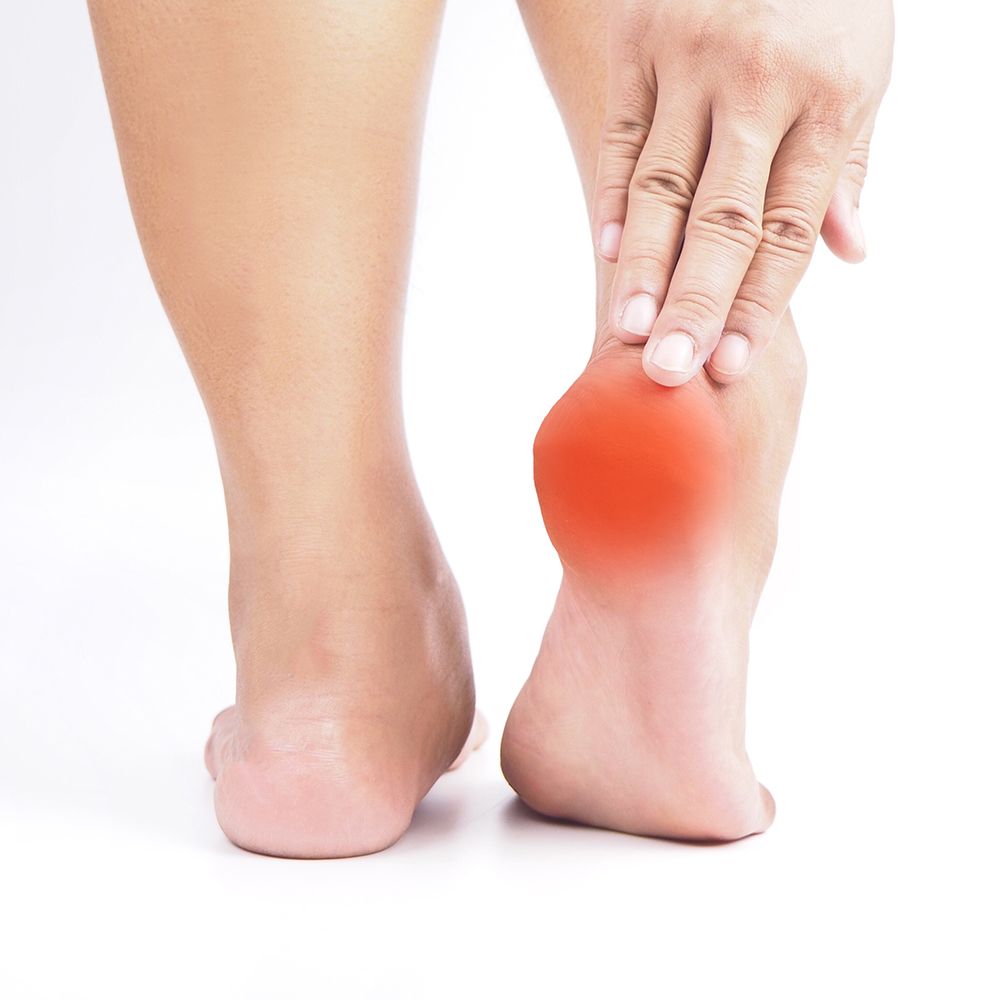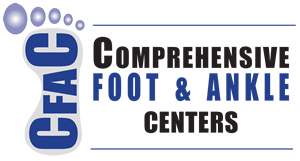Heel Spurs

Comprehensive Heel Pain Care
Relief and Treatment for Painful Heel Spurs
Heel spurs develop when calcium deposits gradually build up on the underside of the heel bone, forming a small bony growth or protrusion. These deposits often accumulate over time due to repeated stress, strain, or inflammation in the heel area. Heel spurs are frequently associated with plantar fasciitis, a condition that causes inflammation of the connective tissue running along the bottom of the foot. While some people may have heel spurs without experiencing any symptoms, others may develop sharp or persistent heel pain, swelling, and tenderness, particularly during weight-bearing activities such as walking, running, or standing for long periods. Because heel spurs can mimic the symptoms of other foot conditions, an x-ray is usually required to confirm their presence and determine the extent of the growth.
Causes of Heel Spurs
Several factors can contribute to the development of heel spurs, including:
- Wearing poorly fitted or unsupportive shoes
- Excess weight or obesity that increases pressure on the heel
- Repetitive stress from running or exercising on hard surfaces
- Arthritis or other conditions that affect foot structure
Signs and Symptoms
Common symptoms linked with heel spurs may include:
- Pain or tenderness at the bottom or front of the heel
- Inflammation or swelling in the heel region
- Sharp pain when standing up after rest or prolonged sitting
- Discomfort that worsens with physical activity
Diagnosis and Treatment
A podiatrist can diagnose heel spurs through a physical exam and x-rays. Treatment is often conservative and may include:
- Rest and activity modification to reduce strain
- Cold compresses or ice therapy to manage inflammation
- Supportive footwear or custom orthotics to relieve pressure
- Physical therapy and stretching exercises to strengthen the foot
- Anti-inflammatory medications to ease discomfort
- Surgical removal in rare, severe cases that do not respond to conservative care
Exercises for Heel Spurs
Stretching and strengthening exercises may help reduce pain and inflammation, including:
- Calf stretches against a wall or on steps
- Rolling the foot over a tennis or golf ball
- Seated foot flexes with a towel or resistance band
- Towel grabs with the toes to strengthen muscles
Prevention and Self-Care
Preventing heel spurs involves understanding the daily stresses placed on the feet and addressing them early. Wearing supportive shoes, maintaining a healthy weight, and allowing your feet adequate rest can reduce the risk of heel spurs developing or worsening.
Start Your Journey to Wellness Today
Talk With Foot and Ankle Specialist Today!
If heel pain or spurs are interfering with your daily activities, schedule an appointment with our team. We’ll provide a proper diagnosis and create a treatment plan designed to relieve pain, restore mobility, and protect your long-term foot health.

